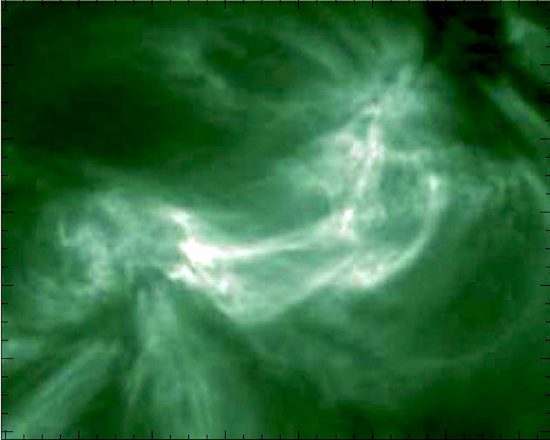
Sep 30, 2019
The conventional model of how the Sun works relies on thermonuclear processes.
Temperatures in the Sun’s core are thought to be more than 15 million Celsius, with compression greater than 340 billion times Earth’s atmospheric pressure. In order to power the Sun, 700 million tons of hydrogen are said to be converted into helium every second. However, according to the tenets of an Electric Universe, the Sun does not use nuclear reactions in its core for energy, it uses externally supplied electricity.
The photosphere is the Sun’s surface, followed by the chromosphere, and then the corona. The chromosphere is about 2000 kilometers above the photosphere and is a very thin layer compared to the Sun’s diameter of 1.4 million kilometers. Temperatures in the chromosphere range from a high of 6000 Celsius near the photosphere to a low of 4000 Celsius in its middle regions. Why temperatures increase to 20,000 Celsius at the top of the chromosphere is a mystery.
The hottest region of the Sun begins at 4000 kilometers, extending over a million kilometers from its surface, without any significant temperature drop. No one knows why this happens. One possible explanation is so-called “magnetic reconnection”. Since the problems with magnetic reconnection theory are detailed many times in previous Picture of the Day articles, they will not be explained here.
A recent press release states that coronal heating is due to events called nanoflares. Although they would heat and cool quickly, extremely hot plasma would accumulate into an overall method for increasing the coronal temperature. The research team admits that they have not solved the coronal heating problem, and that this is simply a first step in identifying whatever process is taking place.
Birkeland current filaments slowly move through the Solar System, supplying more or less power to an electric circuit that includes the Sun. The energy powering the Sun is focused from outside and not expelled from inside a thermonuclear core, so its inverted temperature gradient conforms to an electric discharge. The Sun is a gigantic electric arc, not a ball of hot hydrogen gas. The electric solar model predicts that sunspots, flares, coronal holes, and all other solar activity comes from fluctuations in galactic electricity.
Stephen Smith
The Thunderbolts Picture of the Day is generously supported by the Mainwaring Archive Foundation.












